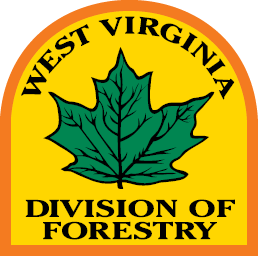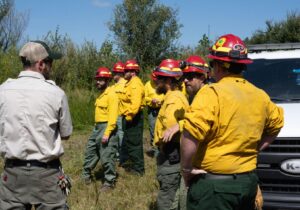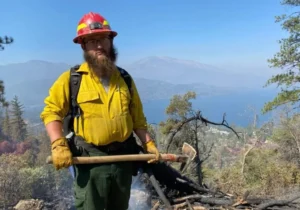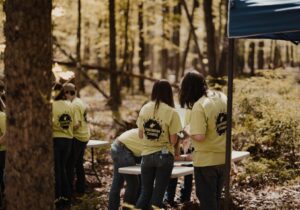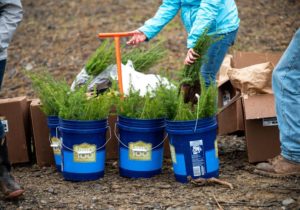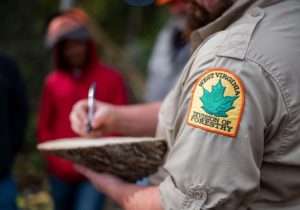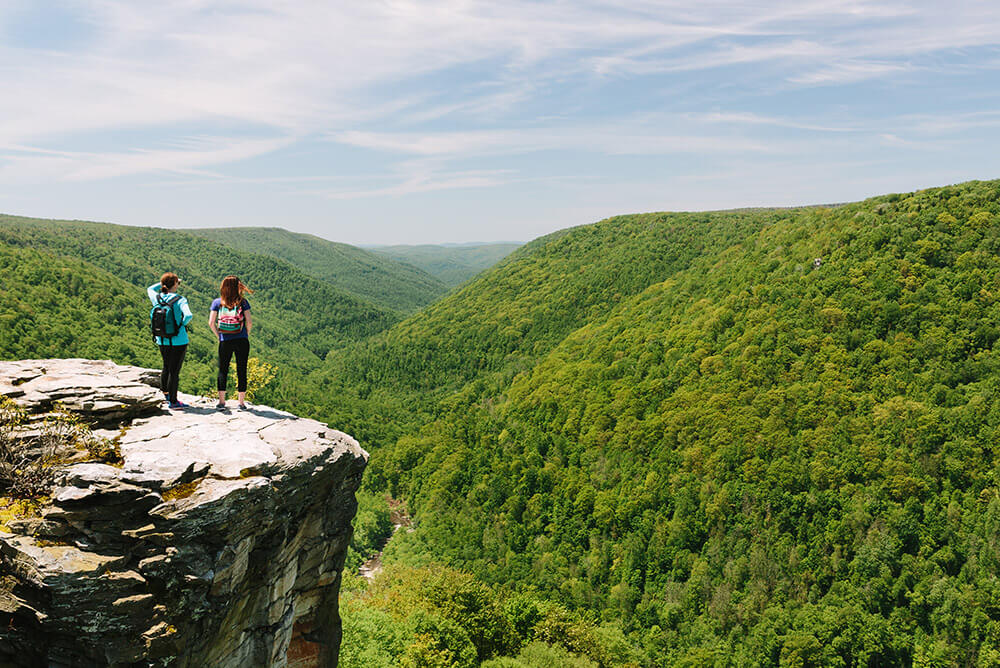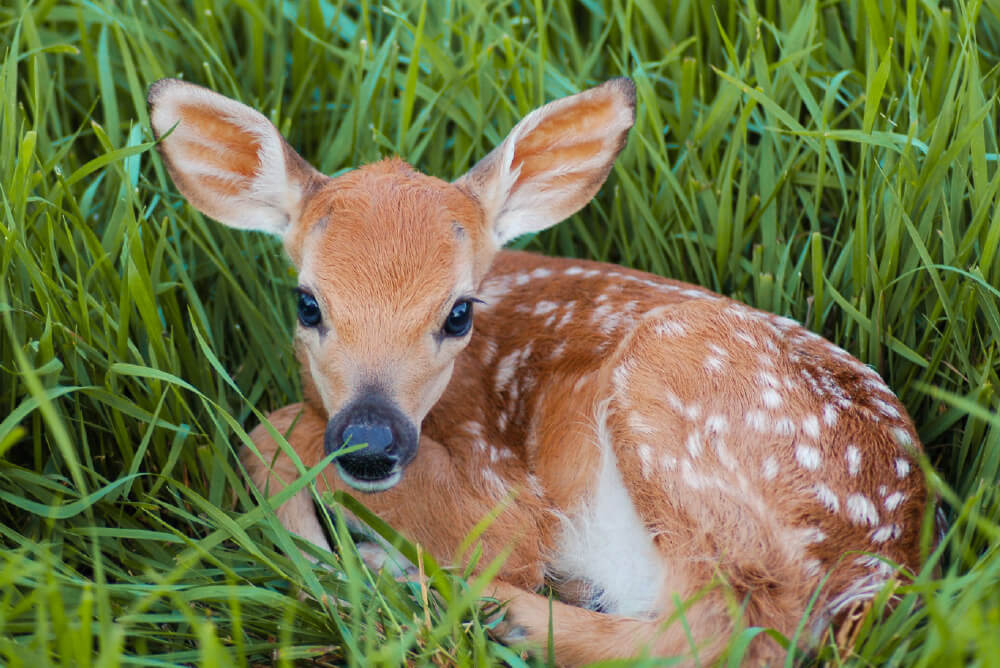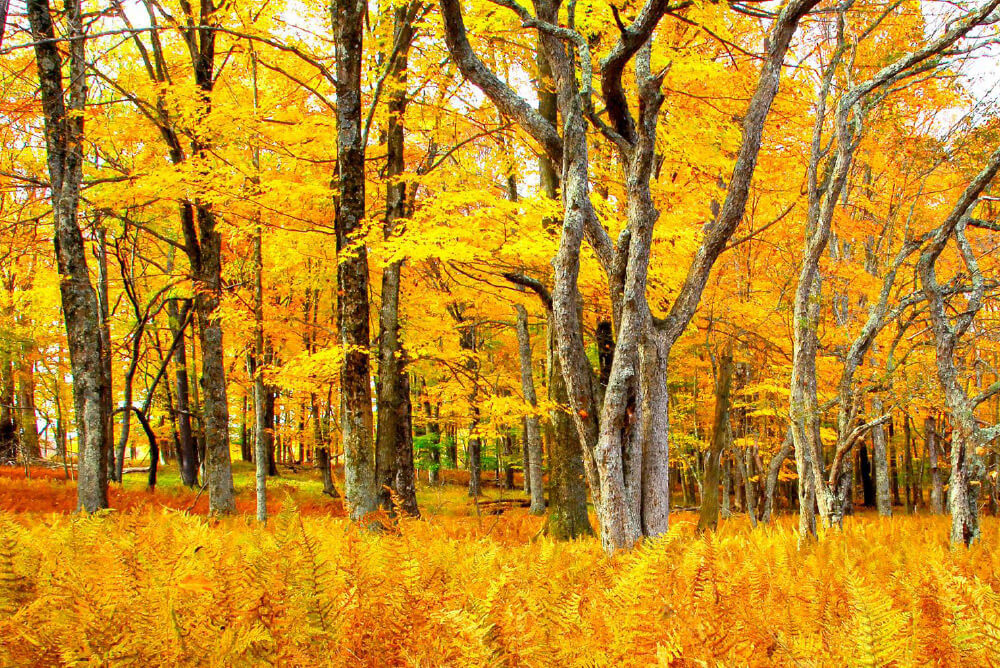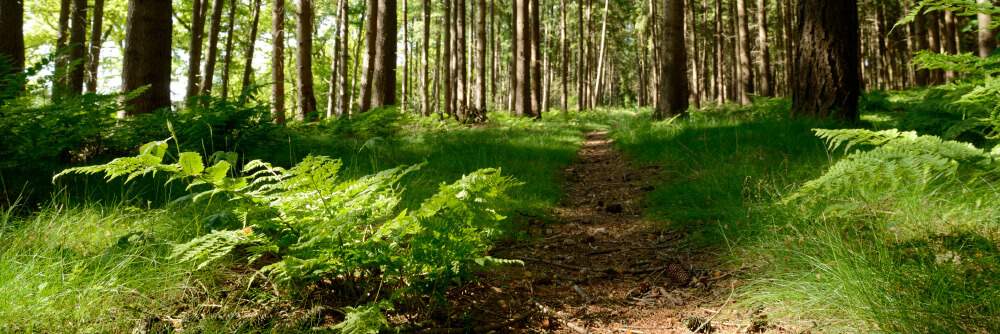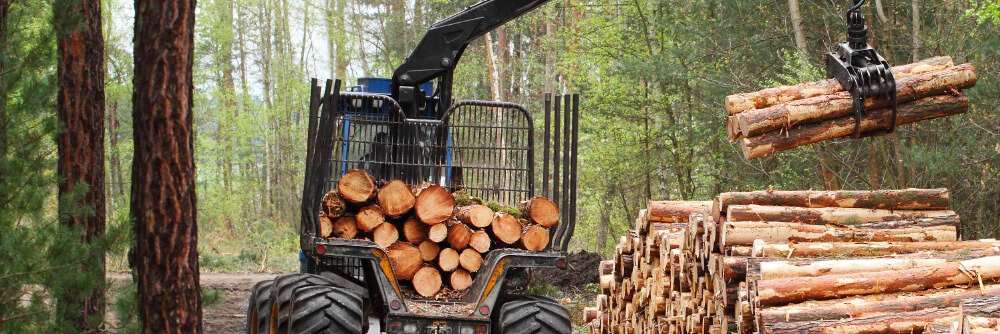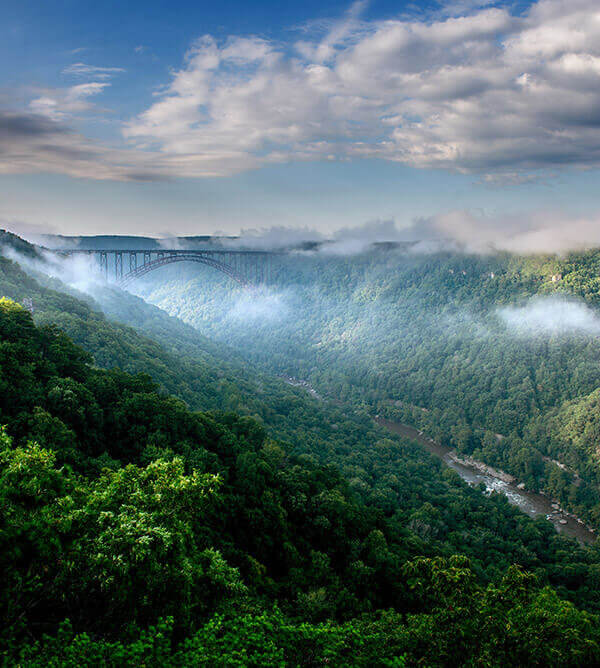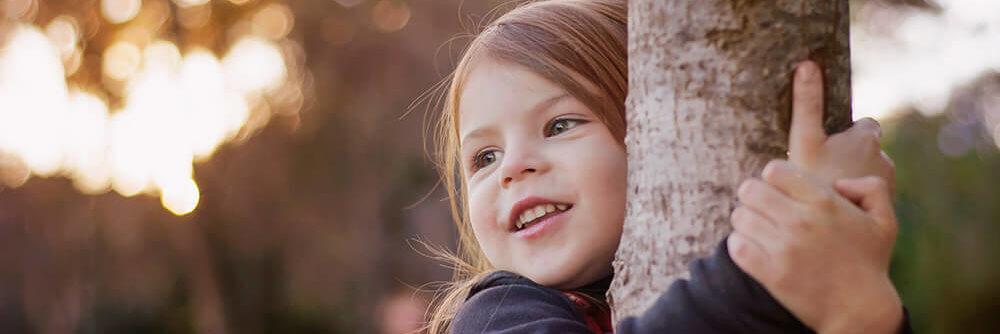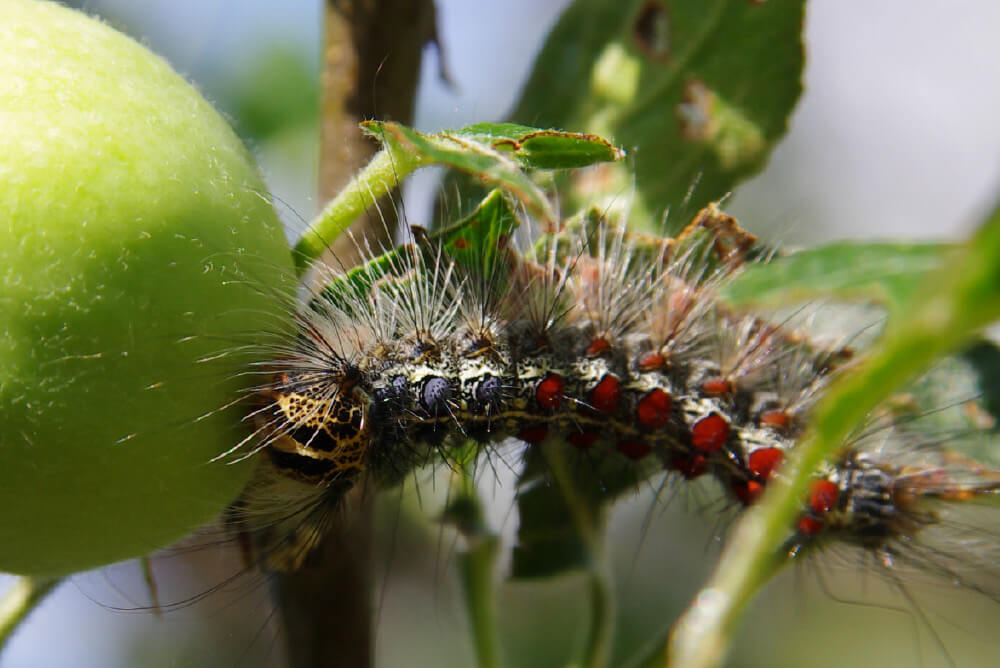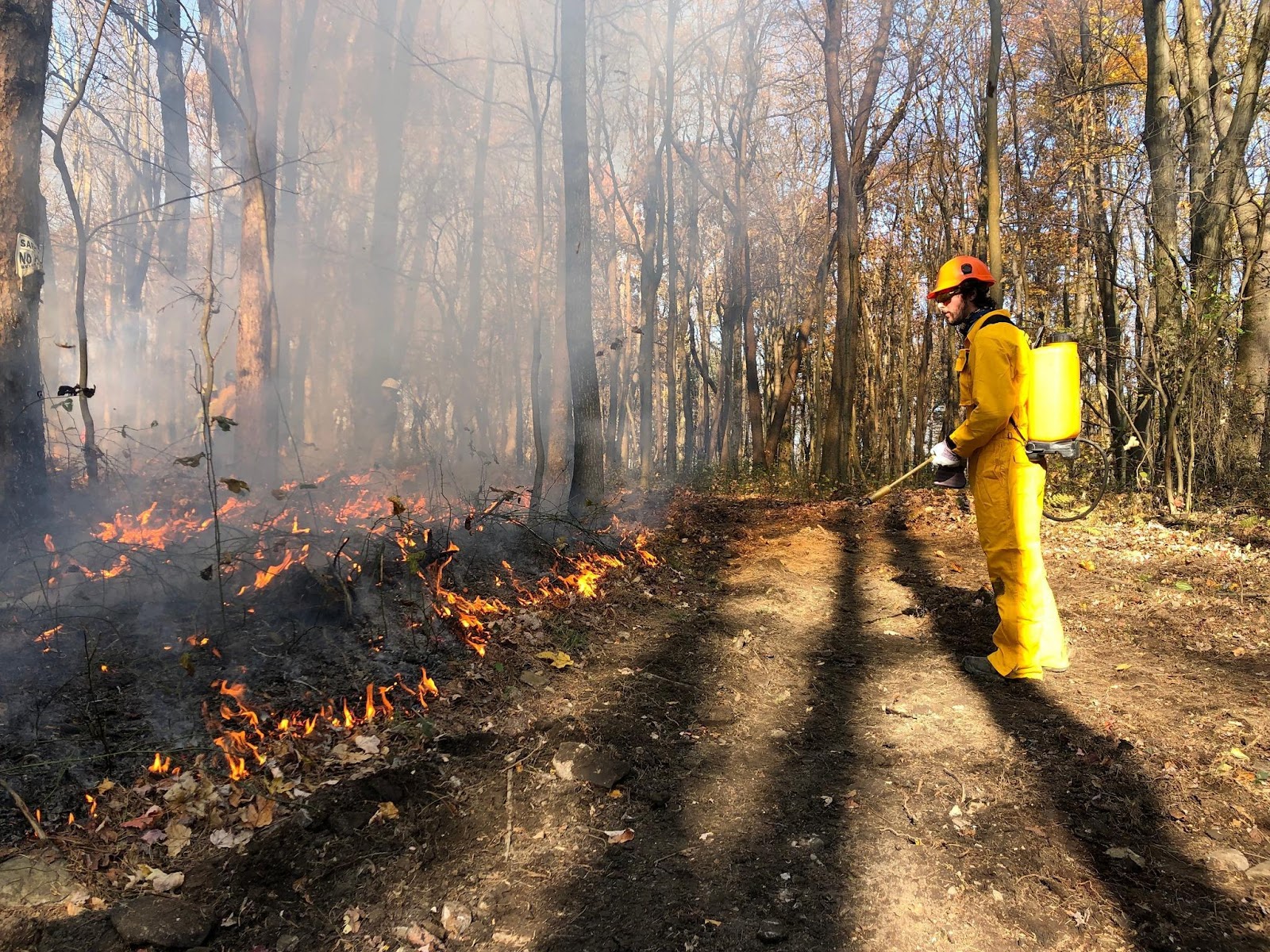
Spring has arrived in West Virginia’s mountains. The flowering trees and wildflowers wake from their winter slumber, peppering the fields and forests with color. It’s a time for renewal, signified by warm, blustery days.
It’s also a time to be extra vigilant about outdoor burning.
Spring fire season began March 1 and runs through May 31. During that time, open burning is prohibited between the hours of 7 a.m. and 5 p.m. If you do burn during permitted hours (5 p.m. to 7 a.m.), the fire must be completely extinguished by 7 a.m.
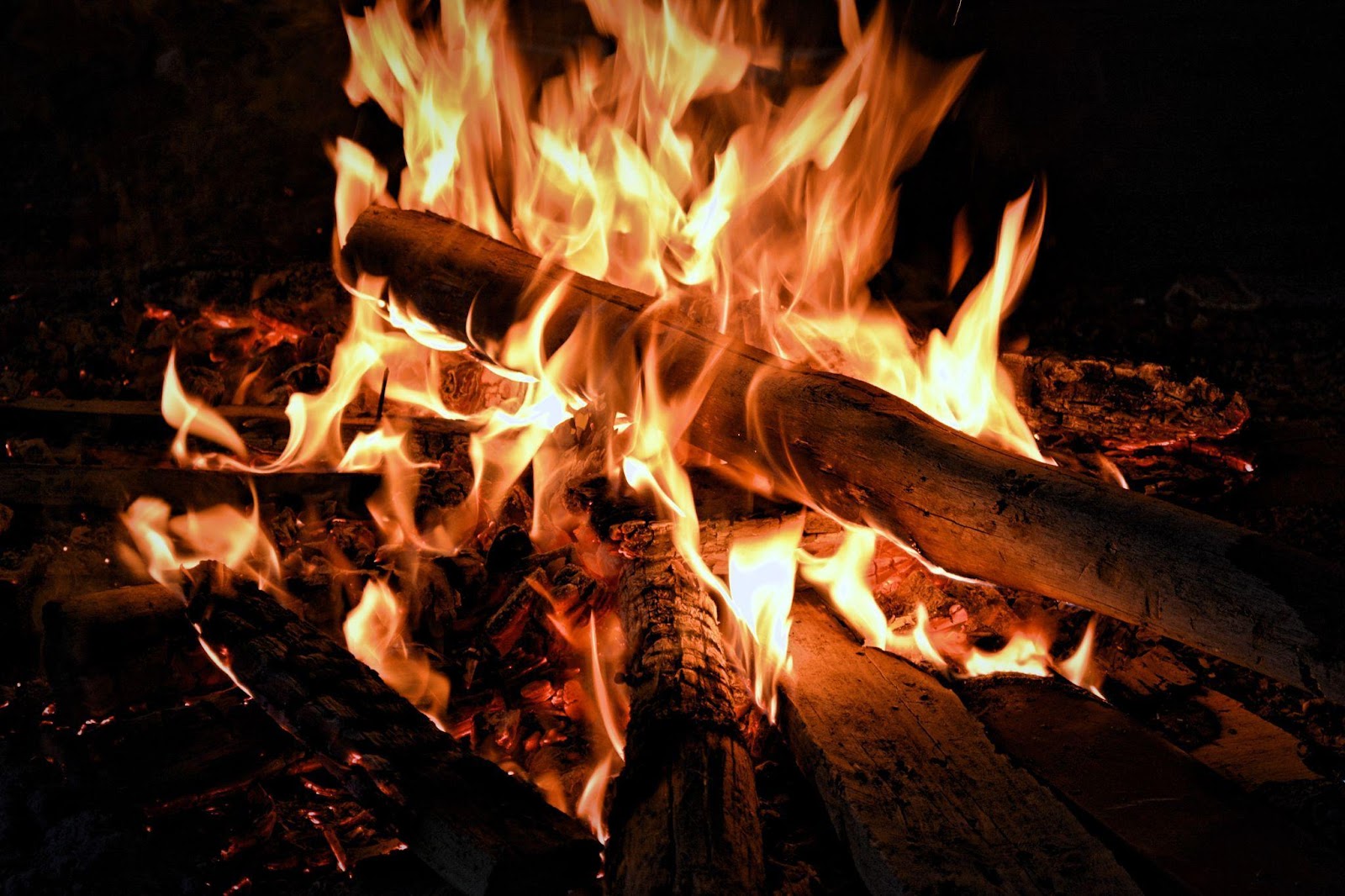
“The National Interagency Fire Center Predictive Services is predicting a ‘near normal’ significant fire potential across the Eastern area for the spring season,” said Jeremy Jones, assistant state forester for the West Virginia Division of Forestry and the state’s fire supervisor. “I would say that it’s more of a weather game, if we continue to get significant wind in front of cold fronts like we have been getting the past few weeks it will continue to be a busy spring season for us.”
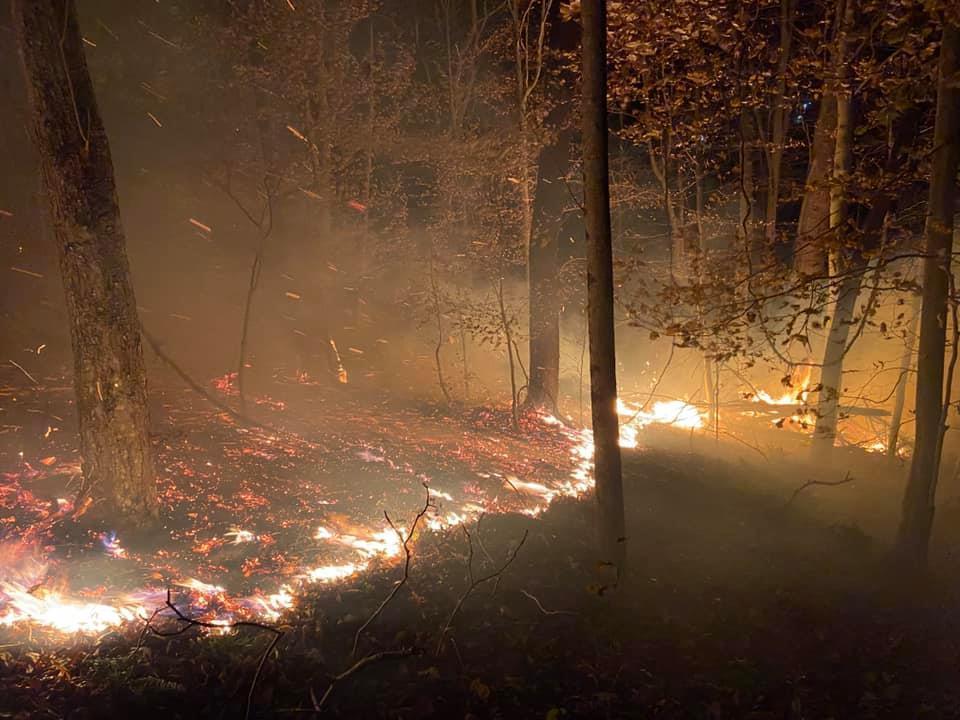
Weather aside, whether this is a “good” fire season is largely up to us—the humans. More than 99 percent of wildfires in West Virginia are caused by people. And over the past 10 years, about 35 percent of those wildfires have been the result of people burning debris, Jones said.
The good news is that there’s something we humans can do to prevent that. Before you burn, read the burning guidelines posted by the Division of Forestry. We’ve already covered the two most important rules (burning hours and extinguishing fires). Here are a few more important rules to follow:
- All fires must have a ring or safety strip.
- The safety strip itself must be cleared of burnable material and be at least 10 feet wide.
- Only vegetative materials such as leaves, brush and yard clippings are permitted to be burnt.
- Spark-throwing machinery such as power shovels or sawmills operating on land subject to fire must contain an adequate spark arrestor.
- Inflammable waste disposal areas must annually remove all grass, brush, debris, and other inflammable material adjacent to disposal areas to provide adequate protection, preventing the escape of fire to adjacent lands.
- Commercial burning during prohibited periods requires a permit, which must be obtained from your local WVDOF office. A permit is required for each commercial burning site.
The DOF also maintains a wildfire danger map that is updated daily. Before you burn, consult the map to determine if your region is safe for burning.
“It is everyone’s responsibility to help protect our forests from destructive wildfires. I encourage everyone to follow our burning laws and to please use some common sense if you decide to burn after 5 p.m.,” Jones said. “If it is dry and windy just don’t burn that evening; wait until it’s wet and not windy. If you decide to burn, please make sure your fire is completely out by putting water on it and stirring it around before leaving the fire.”
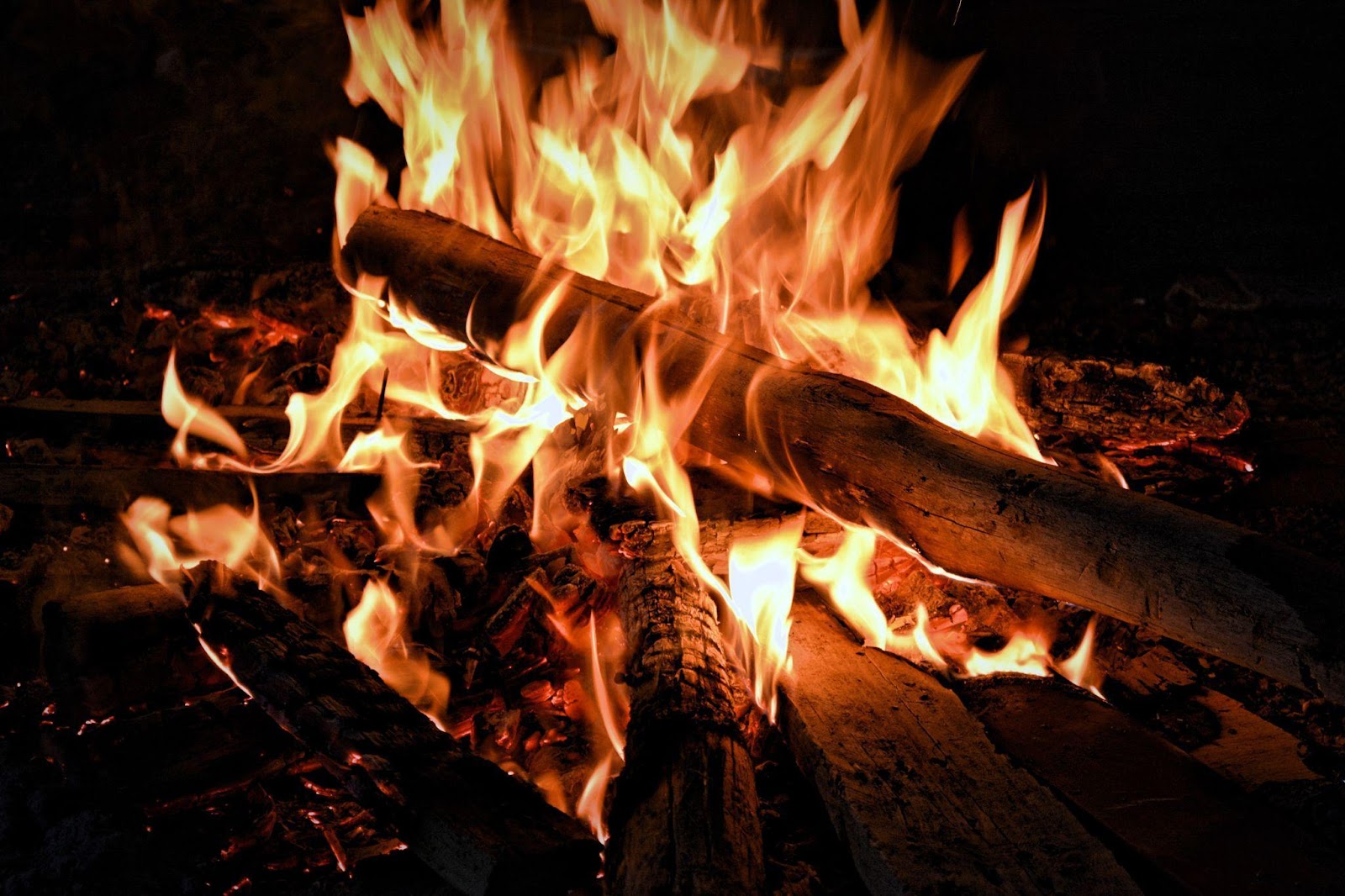
It’s crucial that we remain vigilant when burning and follow all the rules. Any person or company who causes a fire on any grass or forest land must reimburse the state for costs to suppress the fire. Fines for forest fires caused by negligence range from $100 to $1,000 with an additional civil penalty of $200.
That’s a hefty price, yes. But ultimately, we ALL pay a price for wildfires. Let’s do our part to keep our Mountain Mama beautiful and protect our wildlife’s habitat. Smokey Bear said it best: Only YOU can prevent wildfires.
